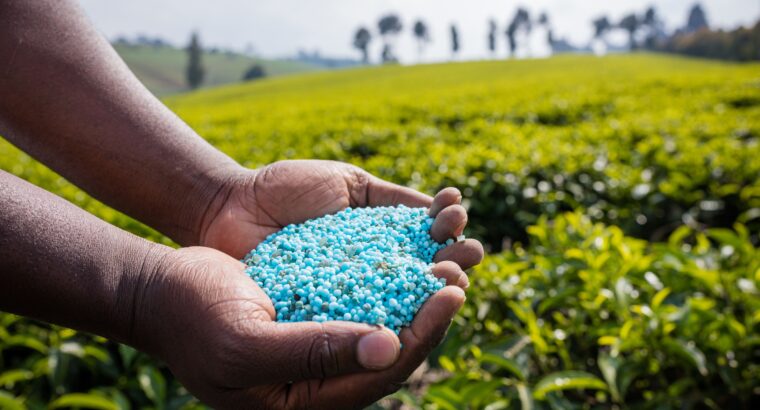Fertilizers and fertility program
How to calculate required fertilizers based on soil test results and targeted yield
Different types of fertilizers
First of all, lets figure out what types of fertilizers are available to use:
Granular fertilizers, Liquid fertilizers, Gases
Granular fertilizers usually are: More concentrated, Can be dusty, Cheaper source of nutrients than liquid
Liquid fertilizers usually are: More expensive source of nutrients than dry, Easier to do a custom blend, Easier to store for a long time
Gases usually are: The cheapest source of nutrients, Cannot be mixed, The most dangerous to work with
N – one of the macronutrients
N – available in all 3 types of fertilizers – granular, liquid and gas. Can be applied in the fall, spring and as a top dressing during summer time. Different crops need a different N volume to produce the yields.
Required N to produce 1 bu of grain
Crop Lb of N
Malt Barley 0.9
Feed Barley 1.35 To produce for example 50 bu of canola
Per. Ryegrass 0.1 we need to have: 50 X 3.2 = 160lb of N
Canola 3.2
Wheat HRS 2.3
Sunflower 1.64 To calculate needed N :
Oats 1.1 160lb – 100% of N in the 0–6”(soil test) –
M. Fescue 0.25 50% of N in the 6-24” (soil test) – N from organic matter
Timothy 0.25
Fall Rye 1
Winter wheat 2.3
CPS Wheat 1.85
Corn 1.3
Some general recommendations for P application are;
Soil test ppm P2O5 lb/ac
0-7 35
7-10 30
10-13 25
13-15 15-20
15-18 10-15
18-25 10
25> 5-10
So, for example if we have available 8ppmof P based on the soil test result. That means, in general, 30lb/ac should be applied to get a highest potential yield and build a P bank in the soil.
To convert P to Phosphate (P2O5), P x 2.3
Keep in mind that organic matter will release some P. To get an accurate calculation of the amount of P2O5 needed for the planned yield, talk with your agronomist. Some crops require less P while others require a little more. In addition, climate, crop rotation, and soil chemistry might influence P activity in soil.
K – Potassium is available in granular and liquid fertilizers
Some general recommendations for K20 application are;
Soil test ppm K20 lb/ac
0 115-120
25 105-110
50 95-100
75 80-90
100 70-80
125 60-70
150 50—60
175 40-50
200 30-40
250 15-20
>250 0
Potassium should be analyzed with Chloride and Sodium
If Chloride is high, K application recommended regardless of soil test results
To convert K to K2O, K x 1.2
S – Sulfur in plants is an important component of enzymes, as well as in protein formation. Can be supplied in the granular and liquid forms
Different crops need different amount of available S.
Sulfur is very mobile in the soil and very variable on the fields. High Sulfur may mean that a few soil probes were taken in the low spot of the field.
Sulfur should be applied in the Spring to get the most of the application and avoid leaching.
To convert Sulfate to Sulfur, Divide Sulfate by 3
Please contact your agronomist for more information about soil sampling and fertility programs.
You also might like
Crop rotation – effective tool to control pests, weeds and reduce expenses in crop production
Soil test – how to read soil analysis.
Low Maintenance Pets For Kids That Are Easy to Take Care Of


